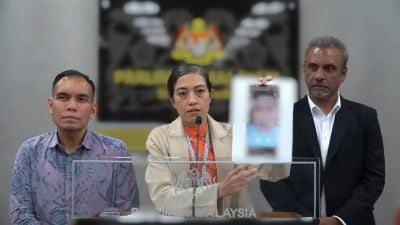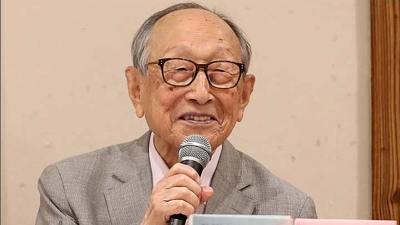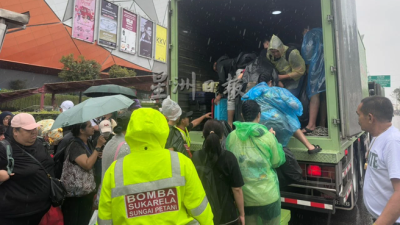
Nepal’s Ministry of Home Affairs on Sunday published a rather vague public notice regarding social media usage.
The notice states that the government has recently held talks with the operators of a social media networking site named TikTok.
During the talk, the notice says, government officials, including representatives from the Nepal Police’s Cyber Bureau, expressed concerns to TikTok top executives about the site’s misuse and the ways to minimise the same.
The notice says the discussion has opened the way for removing content that causes social unrest, dishonours dignitaries and promotes vulgarity, among other issues.
It has also apparently made it easier for law enforcement officials to identify and punish miscreants.
Further, the notice asks citizens to act responsibly on social media, exhorting them to publish only the kind of content that has educational value and does not disturb the social fabric.
In principle, no one should have a problem with the notice.
After all, TikTok has for far too long become a toxic site, perhaps a digital version of what is often termed a social hell-hole.
Each day, thousands of shorts are published on the social media site, a significant portion of which fall under the “unacceptable” side of the spectrum of social norms.
From misogyny to sexism, racism to casteism, misinformation to malinformation—it has them all, and in high doses.
One needn’t look farther than the Tarai in recent months, where cities such as Malangawa, Nepalgunj and Dharan had to be curfewed as social networking sites mediated the transmission of communal hate speeches.
What’s more, the micro-video site has become infested with dangerous content from quacks masquerading as doctors and scientists.
Apart from the irreparable loss to the social fraternity, it has put the lives of citizens at risk by being a medium of harassment.
And TikTok is not the only one doing that; several social media sites, including Facebook and Twitter, have become mediums for the free flow of negativity.
Considering the consistent backslide of the “social” in the social media space, the government initiative is praiseworthy.
But there is a caveat. Our tumultuous journey to democracy in the past several decades has shown that authorities use every opportunity they get to channel their repressed lust for power into censorship.
Let alone the heyday of King Gyanendra’s autocracy, when journalists, civil society members and political leaders were harassed and incarcerated for speaking for democracy; we have seen history repeat itself in the post-2006 era, as home and information ministers have shown a great fascination for censorship.
Any attempt at curing a social ill should not be replaced by unwarranted oppressive actions of the State.
The government should, therefore, clearly define what constitutes hate speech or racism or casteism or any such anti-social element and lay out the legal repercussions of committing such crimes.
A failure to do so risks giving the police and the administration blanket powers for punishing citizens for the slightest expression of anger against the government.
That will lead to yet another series of mistrust between the citizens and the government, which the government would do well to avoid.
But so far as TikTok is concerned, yes, its contents were getting increasingly problematic, with great potential to disturb social harmony and propagate misinformation and disinformation. Its judicious regulation was overdue.
ADVERTISEMENT
ADVERTISEMENT








































